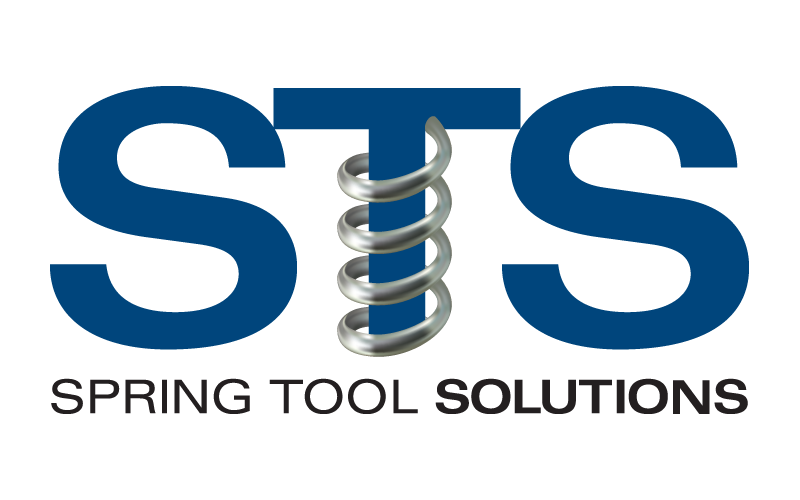Spring Manufacturers Institute Offers Tips for Manufacturers
 Four of the most common manufacturing industry topics we’ve seen recently include supply chain disruptions, reshoring initiatives, workforce shortages, and closing the skills gap. It’s easy to see how the skills gap contributes to workforce shortages. Less obvious, but equally significant, is how both issues affect reshoring initiatives and contribute to supply chain disruptions.
Four of the most common manufacturing industry topics we’ve seen recently include supply chain disruptions, reshoring initiatives, workforce shortages, and closing the skills gap. It’s easy to see how the skills gap contributes to workforce shortages. Less obvious, but equally significant, is how both issues affect reshoring initiatives and contribute to supply chain disruptions.
According to an article titled “Overcoming the Skills Gap” in Spring Manufacturers Institute’s Spring 2023 issue of Springs Magazine, overcoming the manufacturing workforce skills gap is critical to helping reshoring initiatives and strengthening supply chains.
Closing the skills gap would help reduce the workforce shortage. Subsequently, an adequate staff of skilled workers would enable American companies to produce more supplies for U.S. manufacturers, who could then reduce their offshore procurements. Purchasing supplies domestically would help U.S. manufacturers avoid supply chain disruptions.
Growing the Workforce
The “Overcoming the Skills Gap” article suggests these steps to broaden the labor pool:
First, manufacturers need to increase Diversity, Equity and Inclusion (DEI). Women hold more than half of the of the associate, undergraduate and graduate degrees in the U.S., yet they comprise just 30% of the people employed in manufacturing. “Manufacturers should tap into this highly educated labor pool,” the author advises.
Next, companies should implement flexible work schedules whenever feasible. According to an article in Business News Daily, half of Americans care more about flexibility than salary, and employees would sacrifice salary for more flexibility. A recent Forbes magazine article cites flexibility as “the most empowering benefit for employees,” noting that employees now view flexibility just as important as traditional benefits, like matching 401k plans and paid time off.
We need to encourage young people to pursue careers in manufacturing, too. Historically, manufacturing jobs were seen as dead-end, dirty, dangerous jobs with a declining demand. Today’s students (and their parents) need to know that manufacturing jobs are high tech jobs that pay well. Demand for skilled manufacturing workers isn’t declining, and manufacturing facilities are much cleaner, brighter, and safer than they used to be. Manufacturers who provide students with factory tours of their facilities help dispel the negative stereotypes of the industry and its environment.
Shrinking the Skills Gap
If finding skilled employees proves difficult, companies should consider re-skilling existing employees. The Springs magazine article also suggests adopting public-private partnerships to provide training that aligns with the needs of the industry. Sirois Tool’s practice of partnering with schools and participating in the Department of Labor’s apprenticeship and pre-apprenticeship programs are prime examples of this. The costs of these programs can often be offset via grants as well.
Bolstering Reshoring Initiatives
The article also proposes that manufacturers stop making sourcing decisions primarily based on price and consider using the Reshoring Initiative’s online Total Cost of Ownership (TCO) Estimator instead. According to the Reshoring Initiative, companies who make sourcing decisions based solely on price often miscalculate their total offshoring costs by 20 to 30 percent. Gardner Business media offers a free 60-minute webinar about the TCO Estimator.
Taking these steps would help reduce supply chain disruptions while bolstering our economy. Then maybe we can eliminate supply chain disruptions, reshoring initiatives, workforce shortages, and closing the skills gap as the most common industry topics we hear about.
